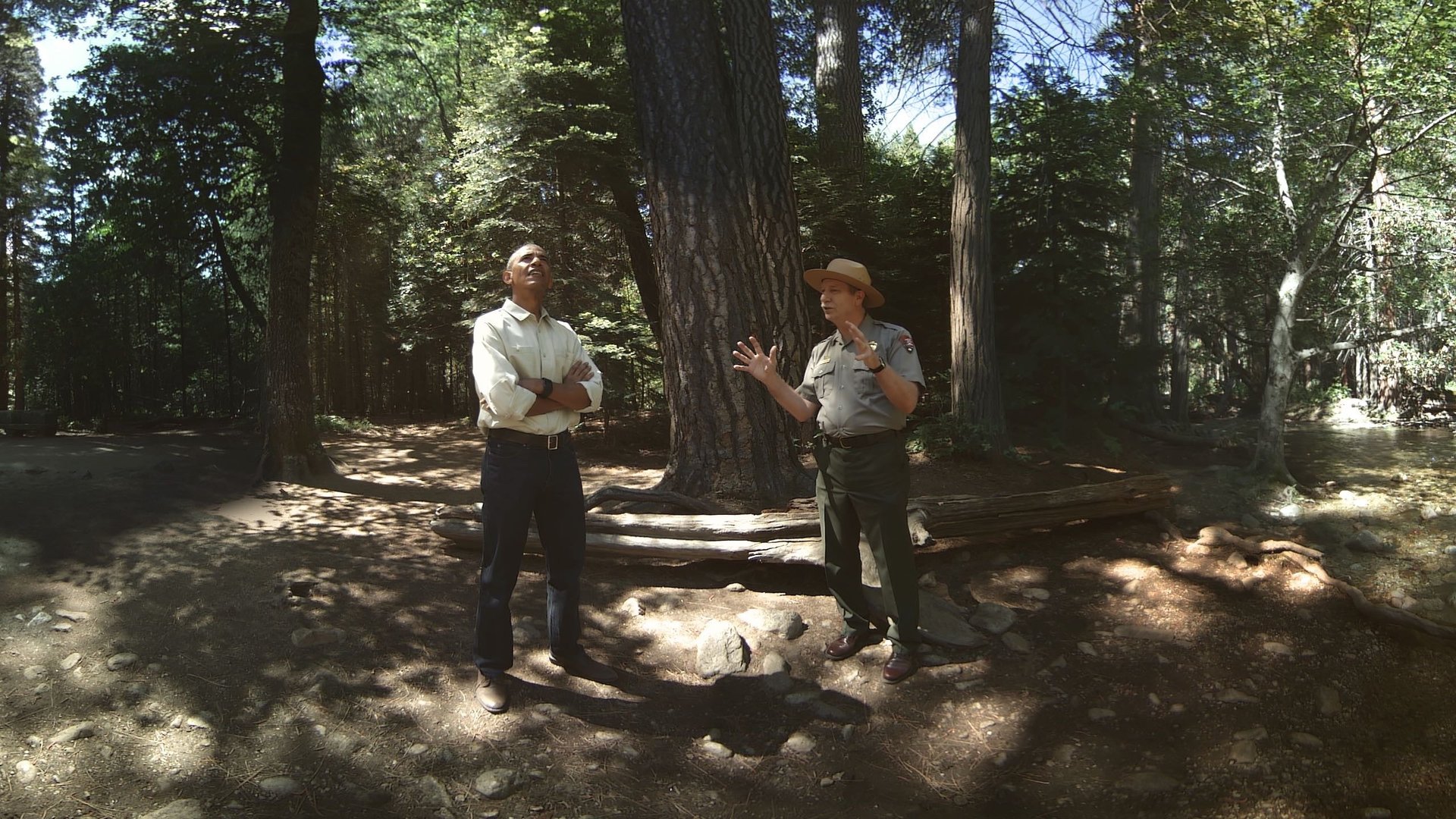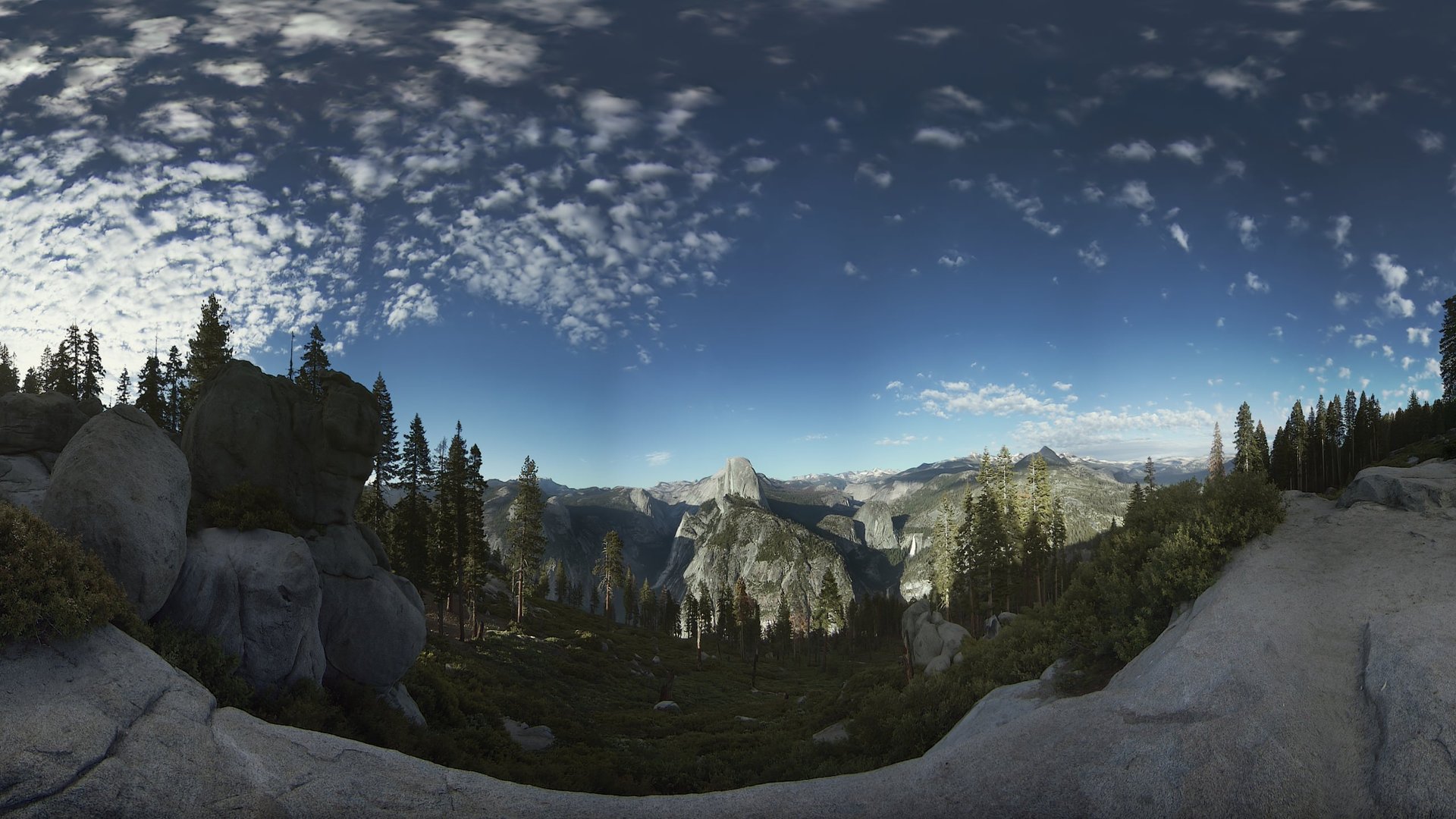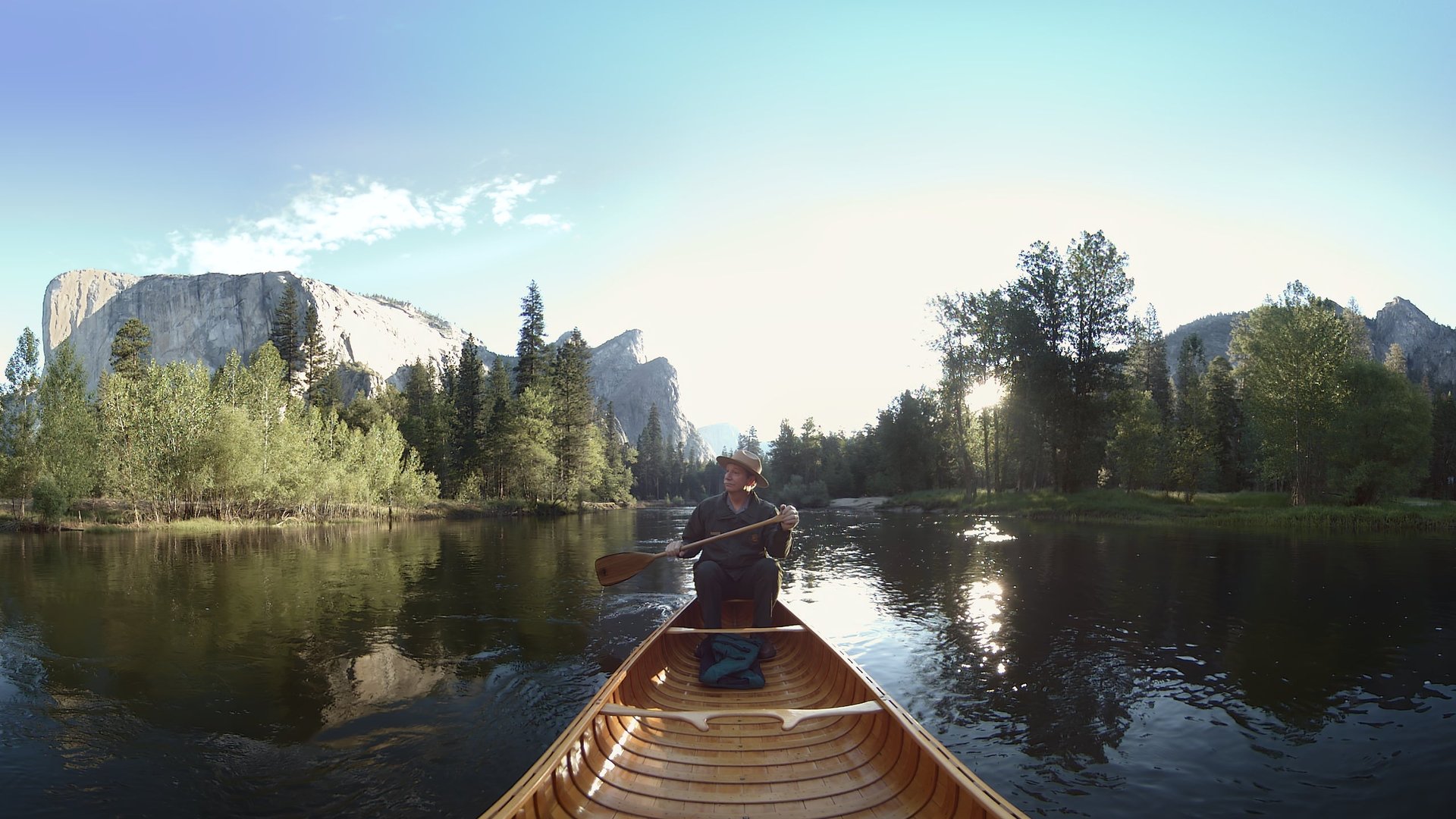Oculus’ awesome new Barack Obama video highlights the biggest roadblock for VR going mainstream
Earlier this week, I left a meeting room table full of men and met president Barack Obama in a meadow in Yosemite National Park. It was great.


Earlier this week, I left a meeting room table full of men and met president Barack Obama in a meadow in Yosemite National Park. It was great.
I traveled by canoe across a massive lake with a park ranger. I listened to the ranger speak with the president in a forest about how the parks department came to be, and watched the sun rise and set from the peak of El Capitan, as Obama explained to me how we must preserve this great land.

Well, I didn’t really. I never left that meeting room. Instead, I was watching a new 360-degree video from Oculus, National Geographic, and VR film house Felix & Paul Studios, starring the president.
Produced to mark the 100th anniversary of the National Park Service today (Aug.25), new video launches on both National Geographic’s and Oculus’ Facebook page (which happens to own Oculus), as well as the Oculus store. It’s a great example of the promise of 360-degree videos, virtual reality, and systems like the Oculus Rift or Samsung’s Gear VR. The piece transports you to somewhere completely removed from the couch (or small meeting room) that you were in a minute ago, and opens you up to the vastness of the world. Virtual reality, when done right, can make you feel like you’re anywhere.
But the issue facing companies like Facebook or HTC (the makers of the Vive VR headset) that are investing heavily in VR, isn’t that the technology isn’t amazing, or that the content isn’t literally awesome—it’s that there just isn’t very much stuff out there to watch. And it’s still relatively difficult to watch it.
This isn’t a new argument, but the 11-minute park service feature doesn’t really do much to allay fears about virtual reality’s ability to make it in the mainstream. It’s an amazing video, but one where a follow-up isn’t likely to ever be made—the president doesn’t have much spare time to be interviewed with a 360-degree camera again and then take time to record another voiceover before he leaves office in a few months. What will keep users coming back to VR?

Virtual reality can be fantastic for playing games or watching clips, but it’s also disruptive. It’s not as simple as sharing a video or post on Facebook, answering your email or sending a text message, all things you can do with a few finger taps on your mobile device. You have to get someone to find a video (or game), download it, pull out their VR headset, strap the phone in (or turn on their computer and VR headset), and experience whatever you were shared.
Google is in the process of launching its own virtual reality service, and is reportedly trying to lure popular YouTube creators over to its new service, presumably so that when it launches, there’s something to watch. But while the number of people with VR headsets, whether they’re simple systems like Google’s Cardboard, something they got for free like the Gear VR, or expensive gaming systems like the Rift, is growing, it remains to be seen whether people will be drawn to them again and again.
The Nintendo Wii was supposed to be the future of gaming, because its casual, interactive gaming style attracted all kinds of non-gamers to get lost in experiences they couldn’t get anywhere else. And it was great success for Apple, until it wasn’t: People started getting similar experiences on their smartphones, and didn’t feel the need to invest in separate machines from the ones they carried in their pockets all the time.
A short video like this, while enjoyable to watch, isn’t likely to convince anyone they need to spend some $2,000 on a proper VR setup, or over $800 on a new Samsung phone. When I was finished watching the video, I wished I’d been able to just sit on top of that mountain, or listen to the president speak for longer, rather than be whisked from scene to scene.